2021 brought with it a whole new set of regulations changes for the UK Drone industry, the biggest change that we've seen. On the same day that we officially transitioned out of the European Union, we adopted the regulations that have been in development for more than 5 years for a harmonised set of drone regulations for Europe.
There have been some major changes in regards to the references of CAPs, with the CAA now moving legislation to a website which they now want you to reference.
Let's take a look.
What do I need to look at?
Statement in the Operations Manual (usually page 1)
You need to ensure that you have the following statement within the Operations Manual, usually, this will be on the front page or within the safety statement.
This document satisfies all the requirements regarding National Aviation Authorities Operational Authorisation PDRA01 for UAS Operations. {company_name} will abide by the requirements of ANO2016 (as amended) and Regulation (EU) 2019/947 as retained (and amended in UK domestic law) under the European Union (Withdrawal) Act 2018.
So why do you need this statement? This tells the CAA that you are aware that the ANO 2016 has been amended and that the UK has adopted UAS Implementing Regulation 2019/947 from the EU in UK Law and further amended it.
Operator ID
The Accountable Manager associated with the Operator ID must be identical to the Accountable Manager name stated on the Operations Manual. If the two differ please contact drone.registration@caa.co.uk.
We would suggest showing this underneath the designated Accountable Manager.
If you are operating as a Limited Company, you can no longer have an Individual as the Operator ID, this must be registered to the company.
If you previously had this section as SUA Operator/Accountable Manager, change this to UAS Operator/Accountable Manager.
References to ANO Article 94-95
The references to ANO 2016 Article 94 may vary from one Operations Manual to the next. You need to pull up the current version of the ANO 2016/765 (as amended) as this details the changes to Articles 94. We have summarised below what to look for.
If you copied the wording verbatim into your Operations Manual, you are going to need to amend these as follows.
Article 94 - Remove
Article 94A - Update the wording as per the ANO 2016 (as amended) - page 68-69
Article 94B - Update the wording as per the ANO (2016 (as amended) - page 70-71
Article 94BA - Add the wording as per the ANO (2016 (as amended) - page 71
Article 94C - Remove
Article 94 D - Remove
Article 94E - Remove
Article 94F - Remove
Article 94G - Remove
Reference to Article 241
The CAA doesn't require Article 241 to be referenced but it can be included. This has not changed.
ECCAIRS 2
The ECCAIRS portal has now been updated for reporting to ECCAIRS 2. This is a new webpage and should be reflected in your Operations Manual. The new link for ECCAIRS is shown below. (Please note: this may also be in your reference table as well as elsewhere in your OM for reporting).
https://e2.aviationreporting.eu/reporting
References to SUAS, SUA and SUSA
The terms SUAS (Small Unmanned Aircraft Systems), SUA (Small Unmanned Aircraft) and SUSA (Small Unmanned Surveillance Aircraft) are no longer official terms under the regulations. You should now use UAS (in place of SUAS), UA (in place for SUA) and UAS in place of SUSA. Don't forget to check your front page!
Any reference to PfCO
The PfCO (Permission for Commercial Operation) is no longer a permission granted by the CAA. This has now been replaced by the Operational Authorisation (OA). Any mention of PfCO should be replaced with OA.
Any reference to CAP393 or CAP 2038A00
The Air Navigation Order 2016 has now been moved from CAP 393 to CAP 2038A00. Remove ANY reference to CAP 393 or CAP 2038A00 and replace this with simply ANO 2016 (as amended).
What you need to REMOVE from your reference table
If you have referenced CAP 1763 within your reference table (or anywhere within your Operations Manual) you should remove this and any content associated with it. This was incorporated into the ANO 2016 (as amended) and has now been superseded by the UAS Implementing Regulation.
Remove ANY reference throughout your manual for CAP 393 and CAP 2038A00.
CAP 2013 can still be in the reference table but it shouldn't be required as the link to the ANO 2016 takes you through to the current amendment.
You can now also remove CAP 1789A as the CAA will want to refer directly to the legislation on their website, so that can be done by linking directly to this page for the Implementing Regulations 2019/947.
What SHOULD be in your reference table
We have created a helpful link that should show the current LIVE primary referenced documents for your Operations Manual. You can find that here >>> https://hub.uavhub.com/live-referenced-docs
Please note: We have created this resource to help make it easier for the community to keep track of the current status of the 'Referenced Documents' required to be held in a 'CAA UAS Operations Manual'.
The status of these documents is updated on a regular basis but occasionally, new documents are released and/or documents are updated without advanced warning.
If you find that a link is broken or referenced document is out of date, please inform us immediately by using the form within the link and we'll check/update the document table ASAP...
UAVHub and any associated parties accept no liability (incurred or otherwise) by providing this status page.
Remember; it is the responsibility of YOU as an RP/UAS Operator to ensure that you comply with the current legislation in place at the time/location of any flight.
Additional items to consider
The CAA has a number of additional documents to the lead CAP 722. Ones you may want to consider adding to your reference table (although it is not required) are:
CAP 722A - ConOPS and Risk Assessment Methodology
https://publicapps.caa.co.uk/cap722a
This document contains the template for the Operations Manual itself and guidance on how to create an Operating Safety Case.
CAP 722D - UAS Master Glossary and Abbreviations
https://publicapps.caa.co.uk/cap722d
The CAA has separated out its abbreviations into a completely separate document. This document is worth a read through so you understand some of the new terms and acronyms under the new regulations. Any abbreviations used within your OM should be contained within your own abbreviations table. It is not a requirement to reference this document in your OM.
FPV Flights
Previously, FPV flights were conducted under the ORS 1294 which was withdrawn on 7 January 2021.
All of the requirements for FPV are now covered under Article 4D in the UAS Implementing Regulations 2019/947. If you currently reference ORS 1294 within your OM you can now remove this, however, you should keep your procedures and mitigations in place for FPV flights.
CAP 1496
https://publicapps.caa.co.uk/cap1496
As mentioned above, ECCAIRS 2 is the new aviation reporting portal. This document provides an overview of how to use the reporting portal for ECCAIRS 2.
Renewing the Operational Authorisation with an NQE Recommendation Certificate
If you intend to renew your Operational Authorisation, but you have not done a GVC course, then please ensure that you do so before your current Operational Authorisation expires. If your OA expires, you will be required to gain a GVC qualification from a Recognised Assessment Entity (RAE) such as UAVHUB to obtain an Operational Authorisation (PDRA01).
If you only hold an NQE Recommendation Certificate (and not a GVC) and you let your OAexpire, you will be required to do a FULL GVC course again and not be exempt in any capacity from the Flight Examination.
We do have a PfCO (NQE Recommendation Certificate) to GVC course here.
Summary
The CAA is moving away from directing people to CAPs for current legislation, however, they still want to see that you are still aware of what is the current version of the legislation. Always check the latest amendment date for any legislation referenced (ANO 2016 and the Implementing Regulation 2019/947).
If you need help with updating your Operations Manual, we have an Operations Manual update service available here >>> https://www.uavhub.com/products/caa-pfco-operations-manual-audit-updating-service-audit-only
OR, you can subscribe to our HUBSUB service >>> https://courses.uavhub.com/courses/the-hubsub
Following the above advice is NOT a guarantee that your Operations Manual will be accepted by the CAA. We helped produce hundreds of Operations Manuals and helped to update thousands over the years. Remember, it's YOUR manual so you need to understand the ins and outs of the Operations Manual and any changes that get made.
If your Operations Manual ever gets rejected by the CAA for whatever reason, DON'T PANIC! the CAA will send you guidance on what they have found wrong and what you need to change. Follow their advice and work with them to become a safer and more competent operator.


